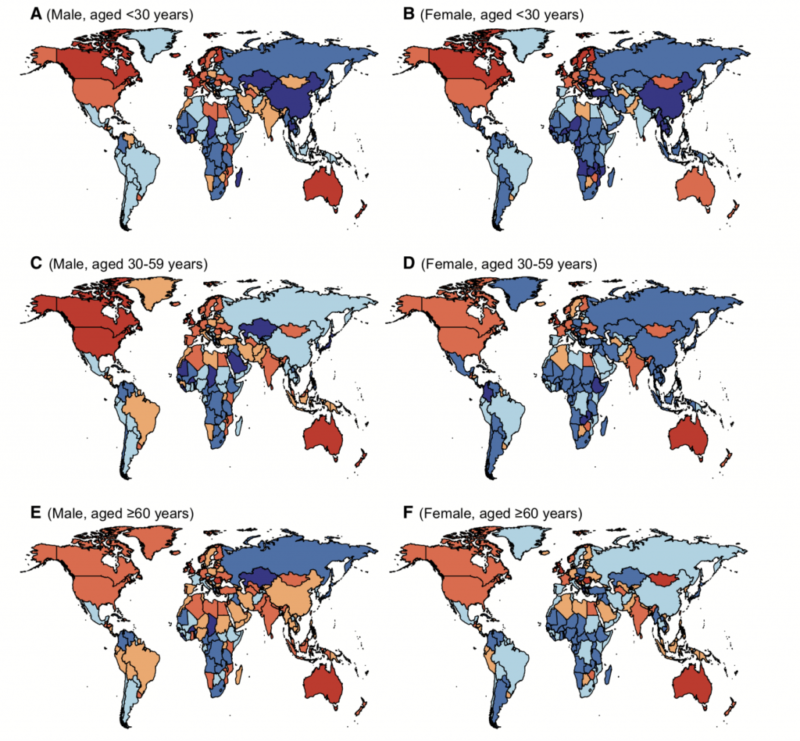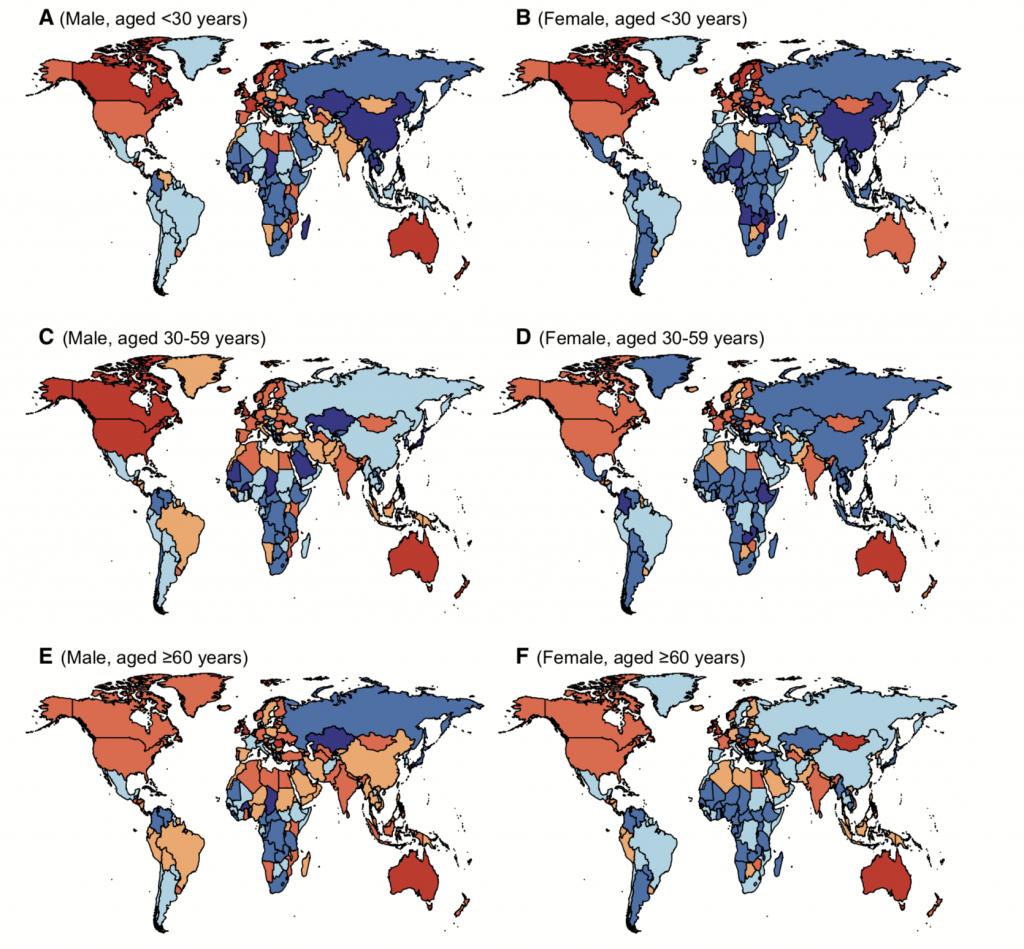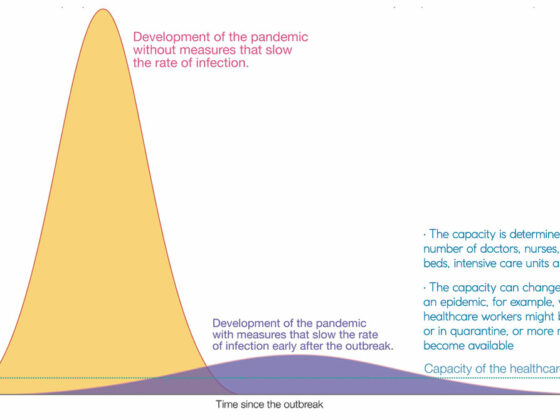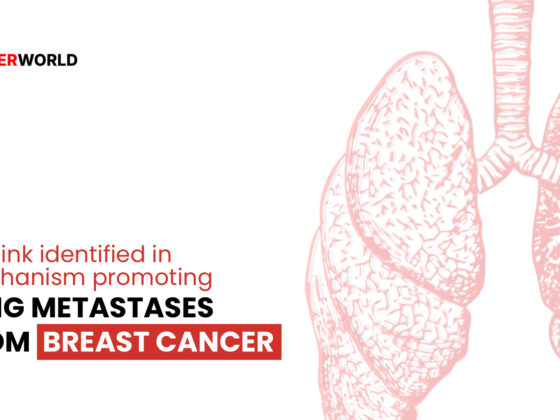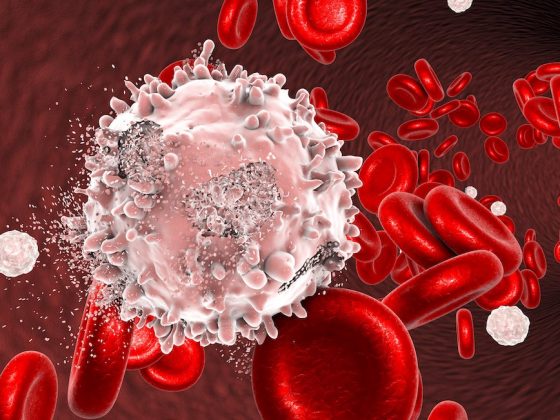Between 1990 and 2017 the incidence of primary liver cancer (PLC) globally decreased in younger (<30 years) and middle-aged (30-50 years), while increasing in older people (>60 years). Primary prevention strategies and changes in the lifestyle could be mentioned as determinants of these trends, according to the results of a paper recently published in Cancer by Zhenqiu Liu, Fudan University, Shanghai, China, and colleagues. “The disease burden imposed by PLC continues to increase despite enormous efforts to combat it” said the authors. Using data on liver cancer from the Global Burden of Disease (GBD) researchers were able to quantify the PLC age-standardized incidence rate (ASR) by age at diagnosis, sex, region, and etiology in 195 countries around the world. “For most countries or territories, the incidence of PLC diagnosed at different ages decreased by different magnitudes” experts wrote.
Going deeper into the details, pronounced decreases were observed in developing countries, mainly driven by a reduction in hepatitis B-related liver cancers following primary prevention strategies based on vaccines. Vaccination against hepatitis B virus (HBV) is probably the reason behind the global reduction of cases in young and middle-aged people (<60 years old), both men and women. On the other hand, an increase was observed in the PCL incidence after the age of 60, especially in men, in more than a half of the countries, with biggest increases in developed countries and in the liver cancer due to nonalcoholic steatohepatitis (NASH).
“Population expansion, aging, and increasing prevalence of obesity and diabetes might partly explain the marked increase, especially the dramatic increase in the number of cases, among older people” said Liu and colleagues, suggesting some changes in prevention strategies based on the results of this study. A more targeted preventive approach to hepatitis-related cancer is the first step, trying to adapt interventions to specific epidemiological situations: “In countries with higher HBV prevalence, the prevention priority might be placed on children, whereas in countries with lower HBV prevalence, more attention might be paid to several defined populations, such as people who inject drugs” authors explained.
Targeted strategies to young people are warranted for PLC related to alcohol consumption, as well as greater attention of primary care physicians and health policy makers to nonalcoholic fatty liver disease (NAFLD) one of the most important causes of liver disease worldwide. “Starting with the prevention of excessive weight gain during childhood and strengthening the programs available for weight management” researchers wrote. “PLC prevention schedules should give more attention to NASH and elderly patients” they concluded.

